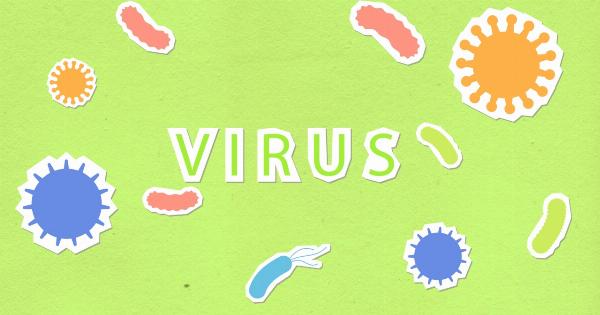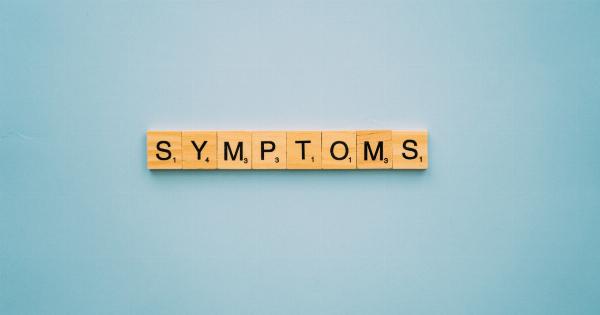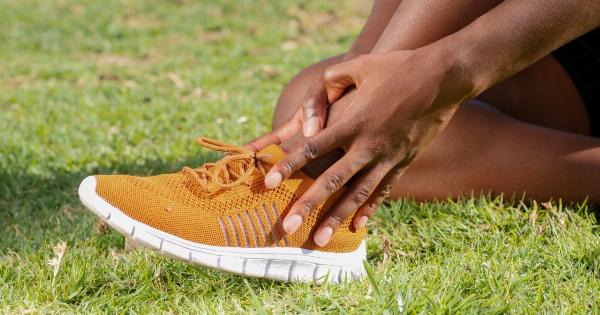As children grow, it’s common for them to experience what is known as growth pains. These pains are often experienced during the night and can cause discomfort and restlessness.
While growth pains are normal, it’s important to understand the causes and treatment options available to alleviate the discomfort. In this article, we’ll explore growth pains in detail to provide a better understanding for parents and caregivers.
What are growth pains?
Growth pains are also known as bone pain, night pain, or growing pains. They’re described as a throbbing or aching pain that occurs in the legs, primarily in the back of the calves, front of the thighs, or behind the knees.
These pains often occur in the late afternoon and evening, and may even wake your child up from sleep at night. While both boys and girls can experience growth pains, they’re often more common in girls. Growth pains are usually experienced between the ages of 3 and 12 years old, and peak around age eight before disappearing entirely during adolescence.
What causes growth pains?
The exact cause of growth pains is unknown. However, it’s thought to be related to the growth and development of bones and muscles in children. One theory is that a child’s muscles tire at night after an active day, making them more susceptible to pain.
In addition, growth hormones released at night could be causing the pains. Lastly, misalignment of bones and muscles could be the cause of growth pains, leading to tension and pain in the legs.
How are growth pains diagnosed?
Growth pains are typically diagnosed through a physical examination and review of the child’s medical history. There are no specific tests or scans used to diagnose growth pains.
However, if your child is experiencing additional symptoms, your healthcare provider may run additional tests to rule out other conditions such as arthritis or infection.
What are the common treatment options for growth pains?
The good news is that growth pains typically do not require medical intervention. There are several home remedies to alleviate the discomfort your child may be experiencing. These include:.
- Stretching exercises: Stretching the legs before bedtime can help increase flexibility and reduce the pain caused by tension in the muscles.
- Massage: Massaging the affected area with warm oil or lotion can help relax the muscles and reduce pain.
- Heat therapy: Applying a warm compress or heating pad to the affected area can help alleviate pain and relax the muscles.
- Pain relievers: Over-the-counter pain relievers such as acetaminophen or ibuprofen can be used to reduce pain. However, parents should consult with a healthcare provider before giving medication to their child.
While there is no guaranteed way to prevent growth pains, one best practice is to focus on maintaining your child’s overall health. Encourage a healthy, balanced diet, and plenty of physical activity during the day.
Limit screen time and encourage a consistent sleep schedule to ensure your child gets adequate rest throughout the night. By maintaining overall good health, you can help reduce the likelihood of experiencing growth pains.
When should you see a healthcare provider?
If your child is experiencing growth pains more than three times a week or the pain is becoming more severe, you should seek medical guidance.
Additionally, if there are any accompanying symptoms such as swelling, redness, or fever, you should consult with a healthcare provider to rule out other conditions.
Conclusion
Growth pains are a common experience for children, often occurring during the night and causing discomfort and restlessness.
While the exact cause of growth pains is unknown, there are several treatment options available to alleviate the discomfort such as stretching exercises, massage, heat therapy, and pain relievers. By maintaining overall good health, parents can help reduce the likelihood of experiencing growth pains. However, if your child is experiencing persistent and severe pain, it’s important to seek medical guidance.





























